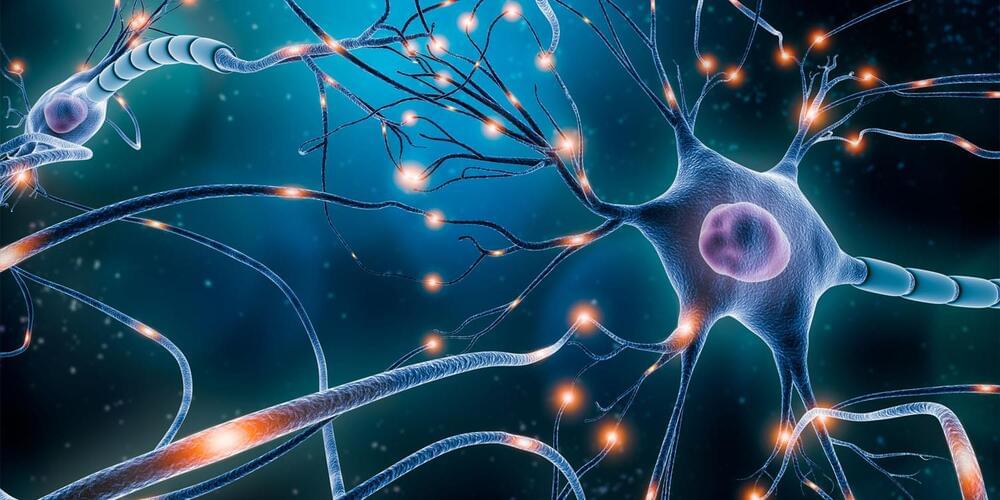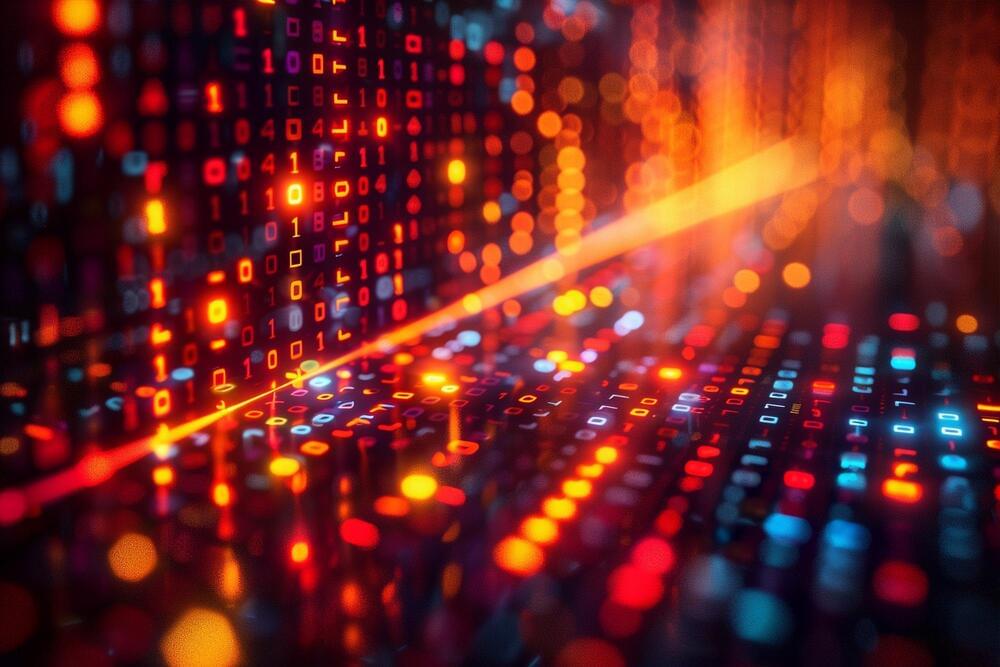
A new study by researchers at UC San Francisco provides new insight into how the brain processes musical melodies. Through precise mapping of the cerebral cortex, the study uncovered that our brains process music by not only discerning pitch and the direction of pitch changes but also by predicting the sequence of upcoming notes, each task managed by distinct sets of neurons. The findings have been published in Science Advances.
Previous research had established that our brains possess specialized mechanisms for processing speech sounds, particularly in recognizing pitch changes that convey meaning and emotion. The researchers hypothesized that a similar, perhaps specialized, set of neurons might exist for music, dedicated to predicting the sequence of notes in a melody, akin to how certain neurons predict speech sounds.
“Music is both uniquely human and universally human. Studying the neuroscience of music can therefore reveal something fundamental about what it means to be human,” said lead author Narayan Sankaran, a postdoctoral fellow in the Kavli Center for Ethics, Science, and the Public at UC Berkeley, who conducted the study while a researcher in the lab of UCSF’s Edward Chang.


















